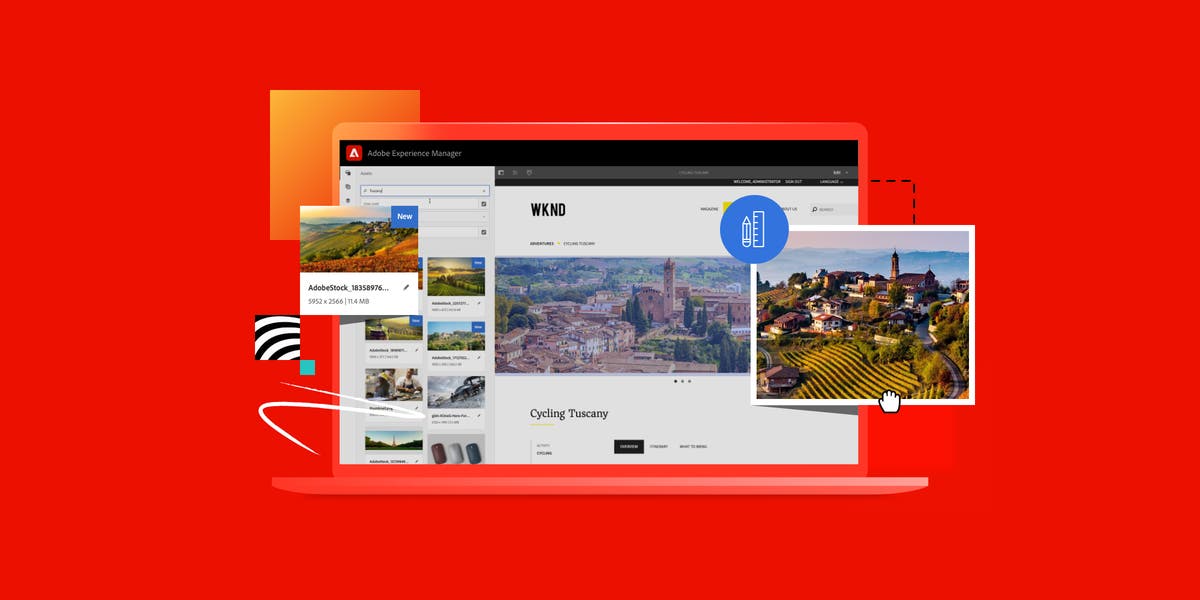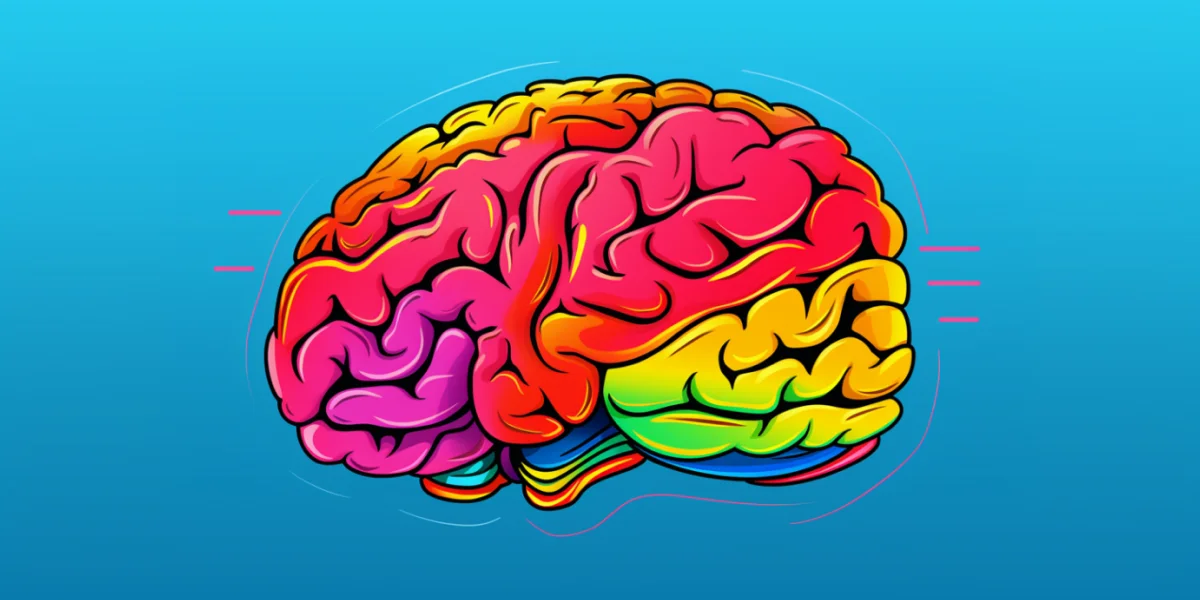In the realm of web design, there’s a fundamental principle that reigns supreme: putting users first. User-centric web design is not merely a buzzword; it’s a philosophy that shapes every aspect of the design process, from initial concept to final execution. By prioritizing the needs, preferences, and behaviors of users, web designers can create experiences that are intuitive, engaging, and ultimately, successful. Let’s explore the essence of user-centric web design and why it’s crucial in today’s digital landscape.
Understanding User Needs
At the heart of user-centric web design lies a deep understanding of user needs and expectations. Designers must conduct thorough research to gain insights into the target audience, including their demographics, preferences, and pain points. By empathizing with users and putting themselves in their shoes, designers can anticipate their needs and create interfaces that are intuitive and easy to navigate.
Creating Intuitive Interfaces
User-centric web design prioritizes simplicity and usability above all else. Designers strive to create interfaces that are intuitive and easy to understand, minimizing cognitive load and eliminating unnecessary friction. From clear navigation menus to intuitive form layouts, every design element is meticulously crafted to enhance the user experience and facilitate task completion.
Embracing User Feedback
Feedback is a cornerstone of user-centric design. Throughout the design process, designers solicit feedback from users through techniques such as usability testing, surveys, and focus groups. By listening to user feedback and incorporating it into the design iteration process, designers can identify pain points, uncover usability issues, and make informed decisions to improve the overall user experience.
Personalization and Customization
In today’s digital age, users expect personalized experiences that cater to their unique preferences and interests. User-centric web design embraces personalization and customization, allowing users to tailor their experiences based on their individual needs. Whether it’s recommending personalized content, offering customizable settings, or providing tailored product recommendations, personalization enhances user engagement and fosters a sense of connection with the website.
Accessibility and Inclusivity
User-centric web design goes beyond catering to the needs of the majority; it also prioritizes accessibility and inclusivity for all users, including those with disabilities. Designers must adhere to accessibility standards such as WCAG (Web Content Accessibility Guidelines) to ensure that websites are perceivable, operable, and understandable for all users, regardless of their abilities or limitations. By designing with accessibility in mind, designers can create inclusive experiences that empower all users to access and interact with digital content.
Iterative Improvement
User-centric web design is an iterative process that evolves over time based on user feedback and data-driven insights. Designers continually monitor website performance, analyze user behavior, and identify areas for improvement. By embracing a culture of continuous improvement, designers can refine their designs, address pain points, and optimize the user experience to meet the evolving needs of users.
Conclusion: Putting Users First
In conclusion, user-centric web design is not a mere design trend; it’s a mindset that places users at the forefront of the design process. By understanding user needs, creating intuitive interfaces, embracing feedback, prioritizing personalization and accessibility, and fostering a culture of iterative improvement, designers can create experiences that resonate with users and drive business success. In an increasingly competitive digital landscape, putting users first isn’t just good design practice; it’s essential for creating meaningful and impactful digital experiences.




